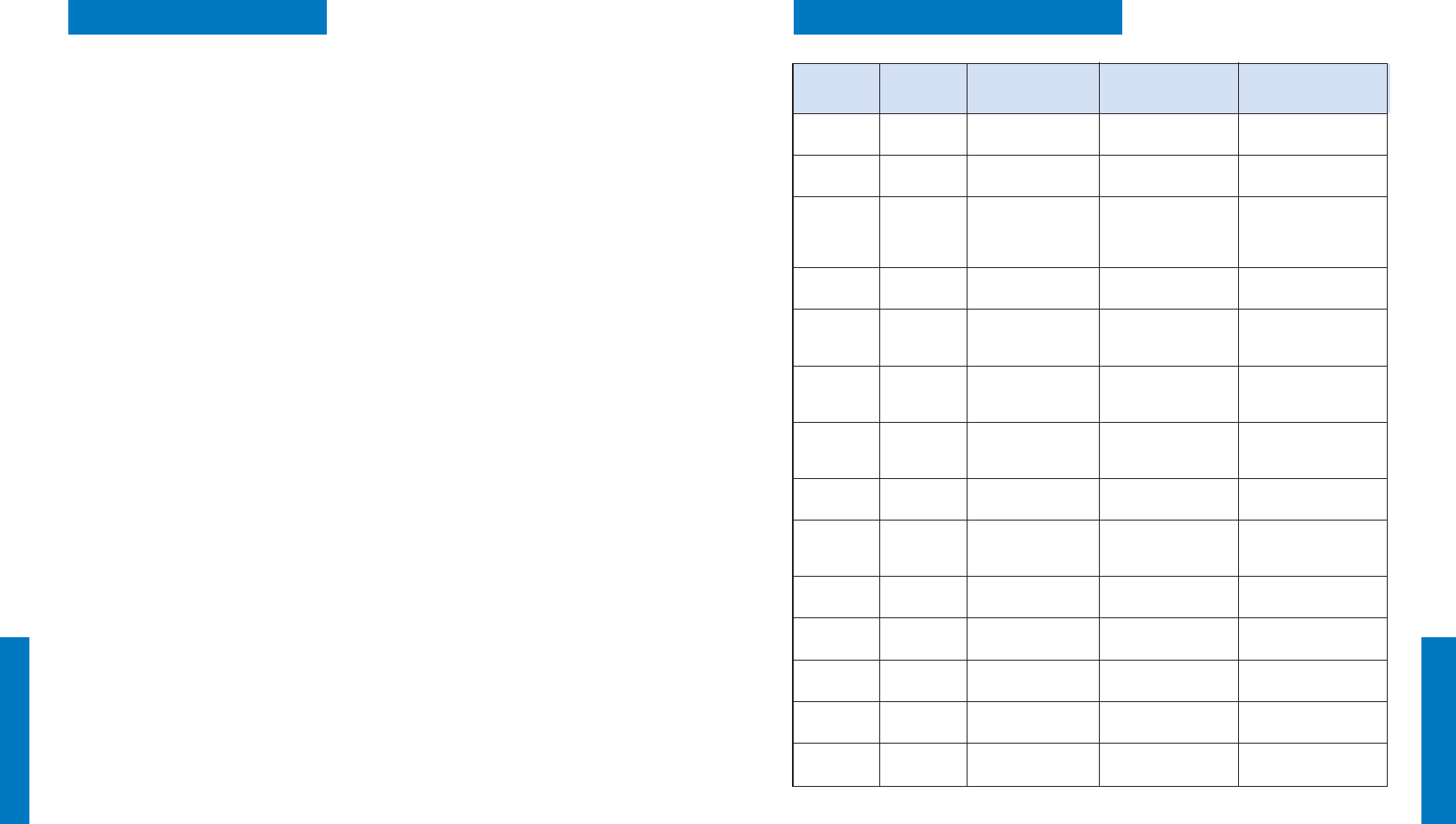
21
GETTING THE RIGHT BLEND
It is not difficult to create great tasting juice.
If you have been making your own vegetable
and fruit juices, then you know how simple it
is to invent new combinations. Taste, color,
texture and ingredient preferences are a
personal thing. Just think of some of your
favorite flavors and foods. Would they work
well together or would they clash? Some
strong flavors could over power the more
subtle flavors of others. It is however, a good
rule of thumb to combine starchy, pulpy
ingredients with those high in moisture.
Experiment! Any fruit or vegetable that
you enjoy can go into your next drink. You
may choose to use one fruit to give a
predominant flavor and accent it with a hint
of another flavor. The choices are limited
only by your imagination.
USING THE PULP
The remaining pulp left after juicing fruit
or vegetables is mostly fiber and cellulose
which, like the juice, contains vital nutrients
necessary for the daily diet and can be
used in many ways. However, like the juice,
pulp should be used that day to avoid loss
of vitamins.
There are a number of recipes contained
in this book for the use of pulp (refer to
pages 32 to 35). Apart from these, some of
the other uses of pulp are to bulk out
rissoles, thicken casseroles or soups or in
the case of fruit, simply placed in a bowl
topped with meringue and baked for a simple
dessert.
Quite apart from the consumption use,
pulp is great used in the garden for compost.
20
TIPS ON JUICING cont’d FRUIT AND VEGETABLE FACTS
Fruit and Best Season Storage Nutritional Value
Kilojoule (Calories)
Vegetables To Buy Calorie Count
Apples Autumn/ Vented plastic bags High in Dietary Fiber 200g (7oz) Apple
Winter in refrigerator and Vitamin C = 300kj (72 cals)
Apricots Summer Unwrapped in High in Dietary Fiber 30g (1 ounce) Apricot
crisper of refrigerator Contains Potassium = 85kj (20 cals)
Beet Winter Cut off tops, then Good source Folate 160g (5oz) Beet
refrigerate unwrapped and Dietary Fiber = 190kj (45 cals)
Vitamin C and
Potassium
Blueberries Summer Cover in the Vitamin C 125g (4oz) Blueberries
refrigerator = 295kj (70 cals)
Broccoli Autumn/ Plastic bag in Vitamins C, Folate, 100g (3oz) Broccoli
Winter refrigerator B2, B5, E, B6 = 195kj (23 cals)
and Dietary Fiber
Brussels Autumn/ Unwrapped in crisper Vitamins C, B2, B6, 100g (3oz) Brussels
Sprouts Winter of refrigerator E, Folate and Sprouts
Dietary Fiber = 110kj (26 cals)
Cabbage Winter Wrap, trimmed in Vitamins C, Folate, 100g (3oz) Cabbage
the refrigerator Potassium = 110kj (26 cals)
B6 and Dietary Fiber
Carrots Winter Uncovered in Vitamins A, C, B6 120g (4oz) Carrots
refrigerator and Dietary Fiber = 125kj (30 cals)
Cauliflower Autumn/ Remove outer leaves, Vitamins C, B5, B6 100g (3oz) Cauliflower
Winter store in plastic bag Folate Vitamin K = 55kj (13 cals)
in refrigerator and Potassium
Celery Autumn/ Refrigerate in Vitamin C and 80g (3oz) stick
Winter plastic bag Potassium = 55kj (7 cals)
Cucumber Summer Crisper in Vitamin C 280g (10oz) Cucumber
refrigerator = 120kj (29 cals)
Fennel Winter/ Crisper in Vitamin C and 300g (10oz) Fennell
Spring refrigerator Dietary Fiber = 145kj (35 cals)
Grapes Summer Plastic bag in Vitamins C, B6 and 125g (4oz) Grapes
refrigerator Potassium = 355kj (85 cals)
Kiwi Fruit Winter/ Crisper in Vitamin C and 100g (3oz) Kiwi Fruit
Spring refrigerator Potassium =100kj (40 cals)


















